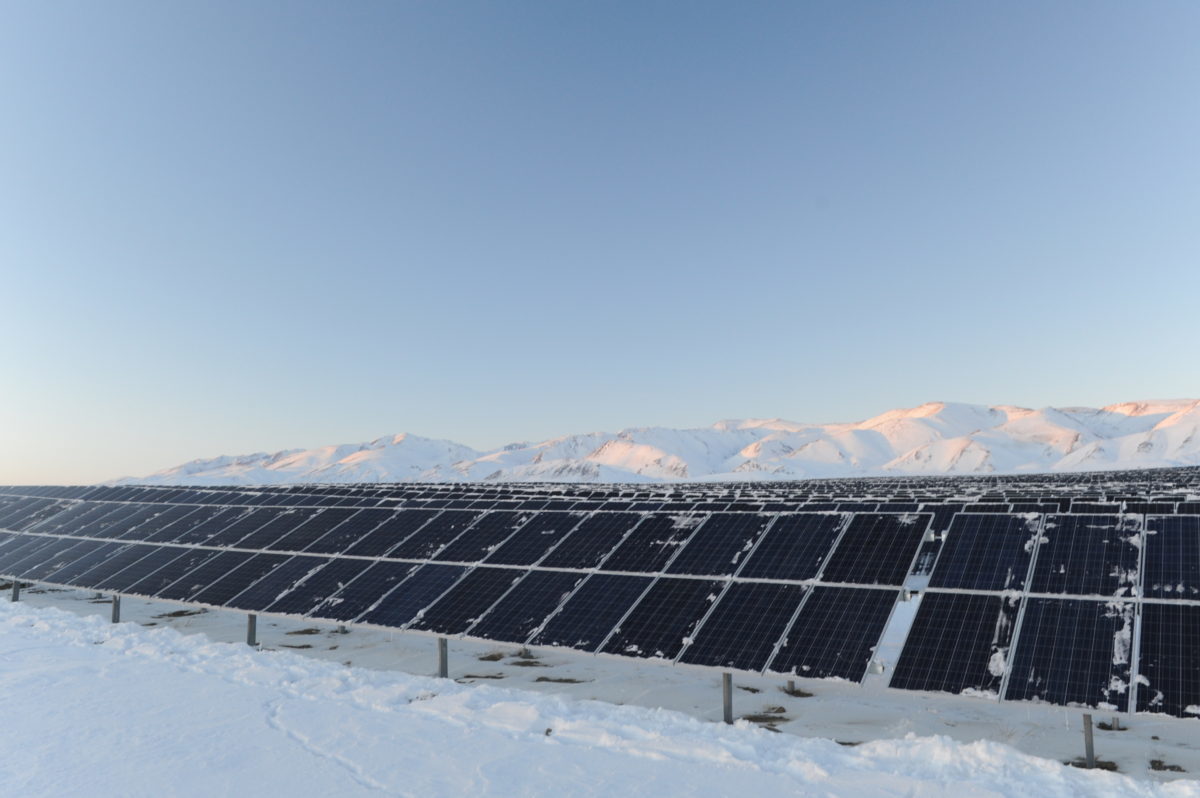Russia has the potential to almost double its 2030 solar target to 5 GW, according to the report “REmap 2030 Renewable Energy Prospects for Russian Federation”, published by the International Renewable Energy Agency (IRENA).
Russia’s current energy strategy aims at covering 4.9% of its electricity mix with renewables by 2030. The authors of the report, however, found that renewables could reach an 11.3% share, if a series of actions are implemented and the regulatory framework for renewables is improved. The current 2030 solar target is 2.6 GW.
As for PV technology, the report notes that low-cost electricity from fossil fuels remains a barrier for future development in the country, along with the lack of federal law or clear policies at state level. The report also stresses that minimal investments are coming from the private sector, and that a shortage of affordable PV equipment is also an issue.
Although Russia is not commonly known as a country with a high solar radiation, IRENA experts said that in southern regions such as Dagestan and Altai large-scale PV plants “are likely to perform as efficiently as in southern Italy.”
The report concludes that, although under more flexible federal regulation, solar is likely to “become a feasible solution for Russia’s power sector,” it will become economically viable by 2030 only in isolated regions and not on the wholesale market. The main reason given for this is the low natural gas prices in Russia, which is the world's second-largest natural gas producer. The agency estimates potential for solar PV in isolated regions of Russia is 80 MW by 2030.
Wind power, instead, is predicted to become economically viable on the wholesale market by 2024 at the latest.
Popular content
IRENA explained that, based on the maximum approved capital cost and operation and maintenance (O&M) cost levels for the wholesale market in 2014, the estimated LCOE generation from solar PV in Russia was $0.25-0.40/kWh. “This is comparable to the level of generation costs seen in countries that are just at the start of utilizing their solar PV potential,“ IRENA experts wrote in the report. For comparison, the estimated LCOE from natural gas for 2014 was $0.04/kWh. This compares with industry and residential electricity prices of $0.065/kWh in the same year.
Up to 2024, Russia aims to install a capacity of 1.52 GW in its wholesale market. A further 1,18 GW is planned to be installed in the period 2024-2030. So far, four rounds of auctions have been held between 2013 and 2016, and these have awarded a total of 2.06 GW of capacity.
According to Irena, Russia had 460 MW of installed PV capacity at the end of 2015. Furthermore, the agency said that another 70 MW of installed PV capacity was added in the country last year.
According to a recent statement from Russia’s Minister of Energy Andrey Teksler, another 90 MW of grid-connected PV capacity could be installed this year. The majority of solar capacity is located in the southwest of the country.
This content is protected by copyright and may not be reused. If you want to cooperate with us and would like to reuse some of our content, please contact: editors@pv-magazine.com.



1 comment
By submitting this form you agree to pv magazine using your data for the purposes of publishing your comment.
Your personal data will only be disclosed or otherwise transmitted to third parties for the purposes of spam filtering or if this is necessary for technical maintenance of the website. Any other transfer to third parties will not take place unless this is justified on the basis of applicable data protection regulations or if pv magazine is legally obliged to do so.
You may revoke this consent at any time with effect for the future, in which case your personal data will be deleted immediately. Otherwise, your data will be deleted if pv magazine has processed your request or the purpose of data storage is fulfilled.
Further information on data privacy can be found in our Data Protection Policy.